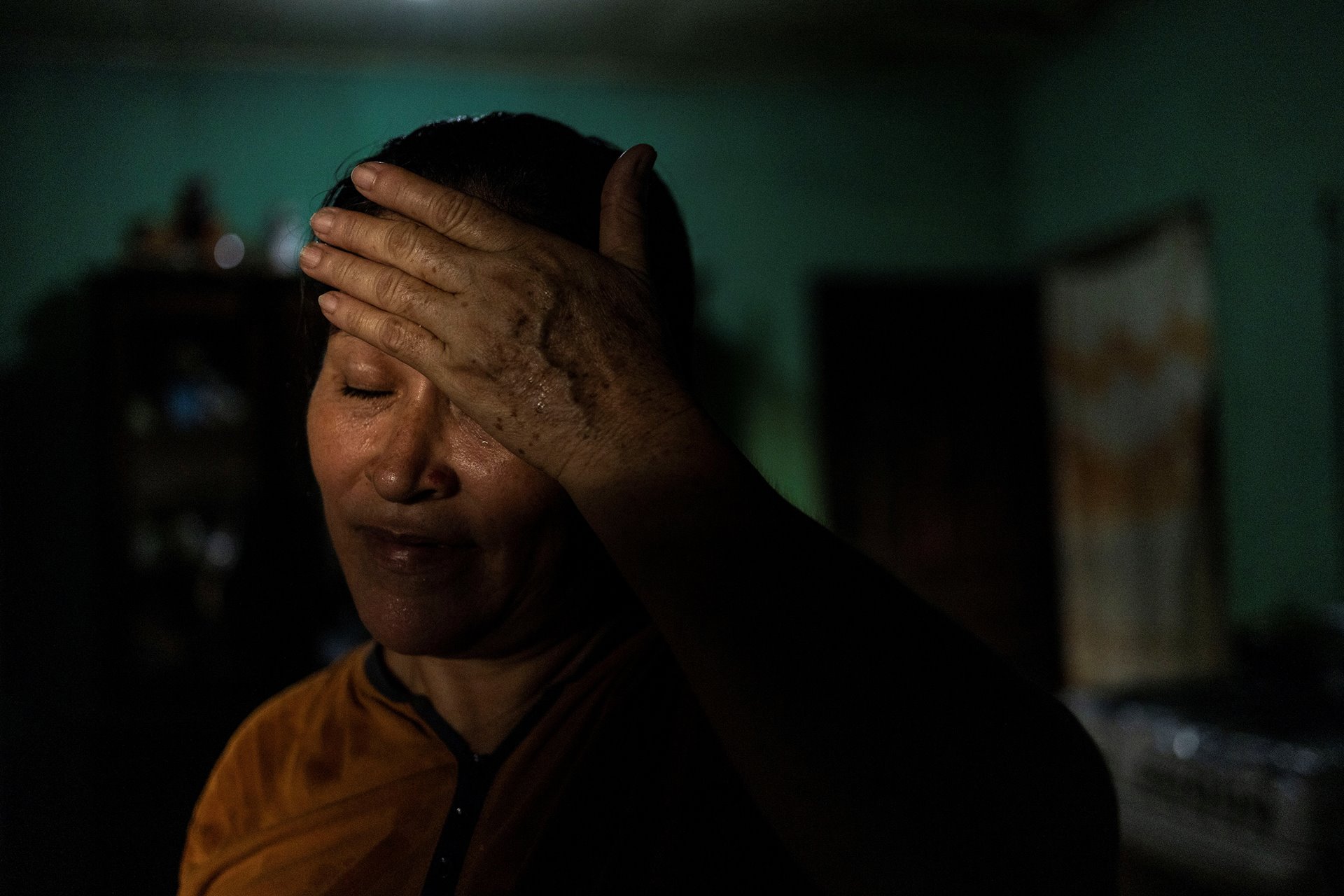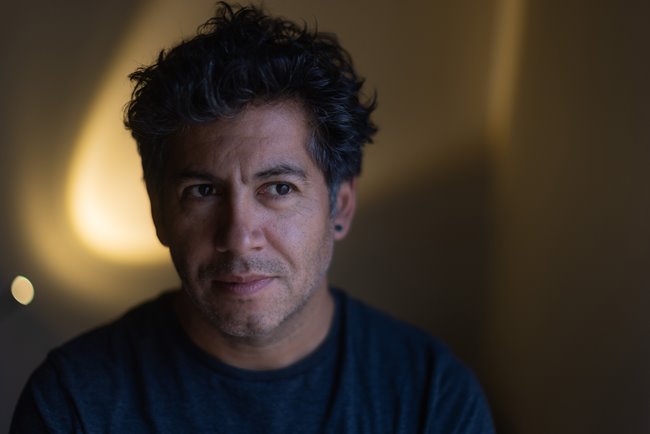Maria Hernandez is seen at home, in San Pedro Sula, Honduras, while awaiting a decision on her immigration case, in order to travel to the United States to reunite with her daughters.
When Maria Hernandez and her two daughters, aged eight and three, arrived in the United States from Honduras in search of asylum in July 2017, border authorities apprehended them. The authorities deported Maria, but her children remained behind. US officials at first arranged for the girls to stay in a children’s shelter; later, they went to live with Maria’s adult son, who was already in the country.
Maria’s daughters were among the more than 3,900 children separated from their parents at the US-Mexico border between July 2017 and January 2021 – even though then-president Donald Trump’s ‘zero tolerance’ policy was not official until April 2018. In May 2021, the Biden administration began to reunite families separated under the policy, which had been aimed partly at preventing families from migrating to the United States without documentation. In 2022, Maria returned under an asylum program, and was reunited with her family in Los Angeles, California.

